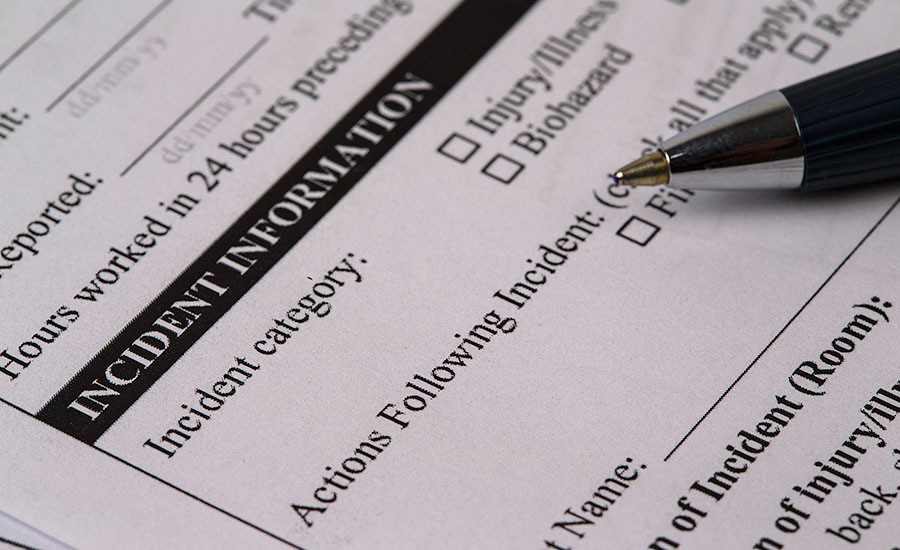In May 2016, the Occupational Safety & Health Administration (OSHA) published a new recordkeeping rule, titled “Improve Tracking of Workplace Injuries and Illnesses,” fundamentality changing the process and purpose of employer reporting of work-related injuries and illnesses. The rule became effective Jan. 1, and has three primary components. First, it requires employers to electronically submit injury and illness recordkeeping forms to OSHA, which OSHA will then make available in a public database. Second, it requires employers to establish undefined “reasonable” procedures for employees to report injuries. Third, it gives OSHA authority to address alleged discrimination and retaliation against employees for reporting a work-related injury or illness even in the absence of an employee complaint.
In January, the U.S. Poultry & Egg Association, National Chicken Council and National Turkey Federation joined the National Association of Home Builders, the U.S. Chamber of Commerce and other state-level groups in a lawsuit challenging the lawfulness of the revised rule.
Despite considerable opposition to the rule during the public comment periods, including comment letters from the three poultry associations, the agency proceeded to publish a final rule which the plaintiffs believe (1) exceeds OSHA’s authority under the Occupational Safety & Health Act of 1970, (2) fails to follow the requirements of the Administrative Procedure Act and (3) violates employers’ constitutional rights under the First and Fifth amendments.
While the details within the lawsuit are too numerous to document in this article, I will address one key issue. OSHA plans to post injury records of establishments on a public Web site as an extension of its “Name and Shame” strategy, based on the previous administration’s unfounded belief that public embarrassment will drive employers to develop effective safety programs.
OSHA last updated its recordkeeping requirements in 2001 with the express purpose of providing information for employers to identify workplace accident trends and providing a source of information for OSHA to target its enforcement activities. OSHA made clear that recording an injury or an illness “did not mean that the employer or employee was at fault, <or> that an OSHA rule has been violated …” The revised rule, however, encourages the public to make judgments about the safety and health programs of employers based on injury and illness data that will be provided with little context or explanation. The rule is clearly at odds with a “no-fault” recordkeeping system and will likely lead to unwarranted reputational harm to businesses while doing little to improve workplace safety.
We await a resolution of this issue in the courts and encourage a new look at the rule by the Department of Labor under the Trump administration. NP




Report Abusive Comment